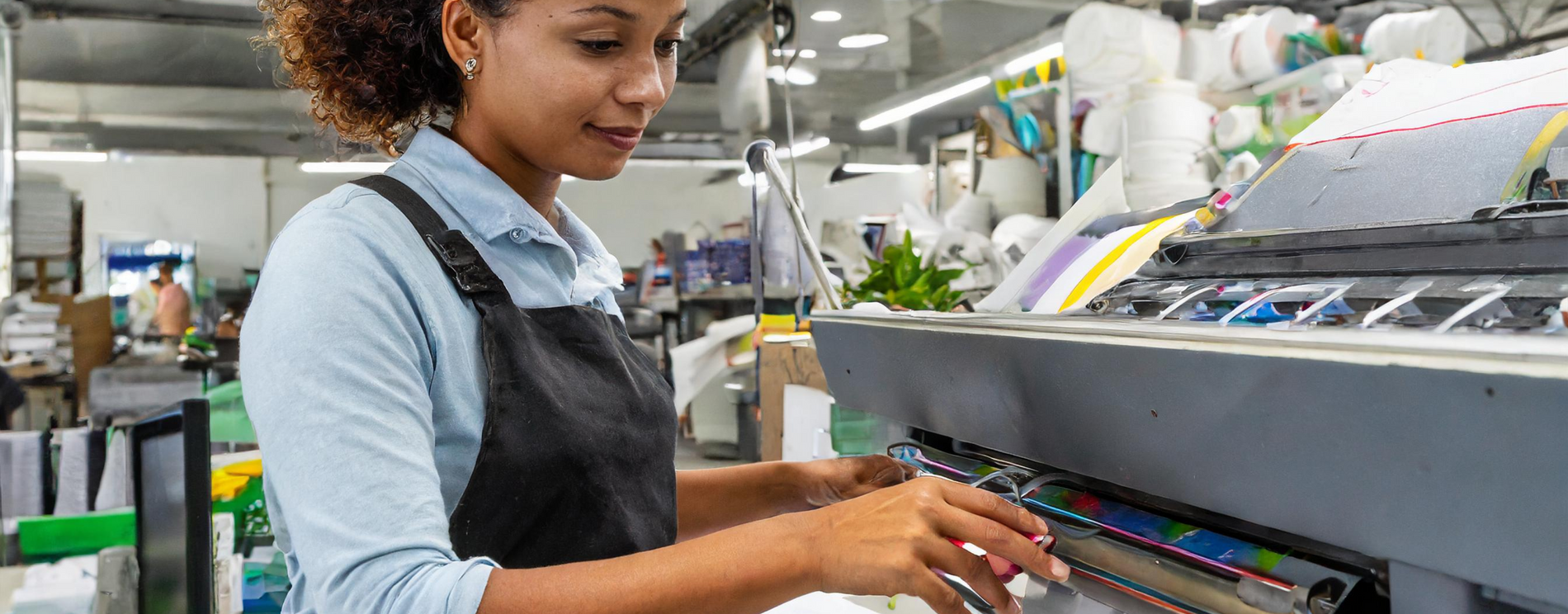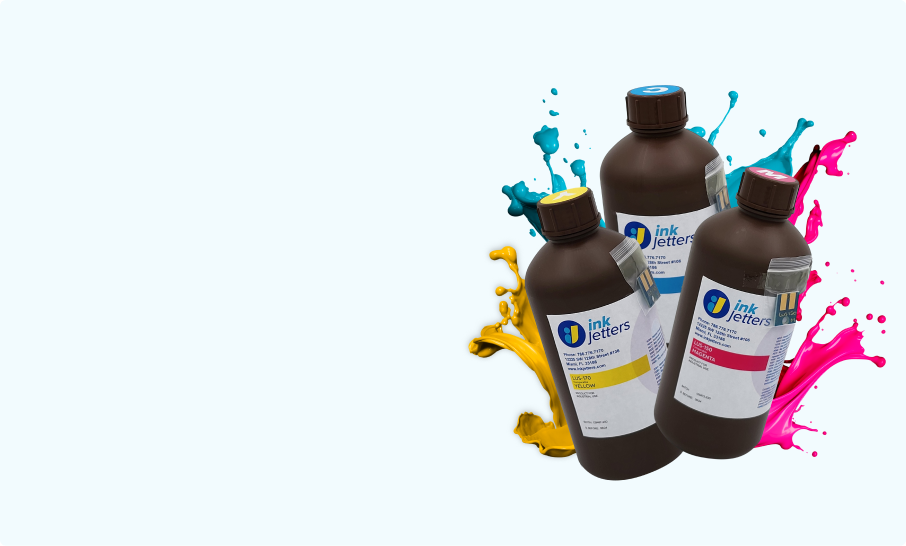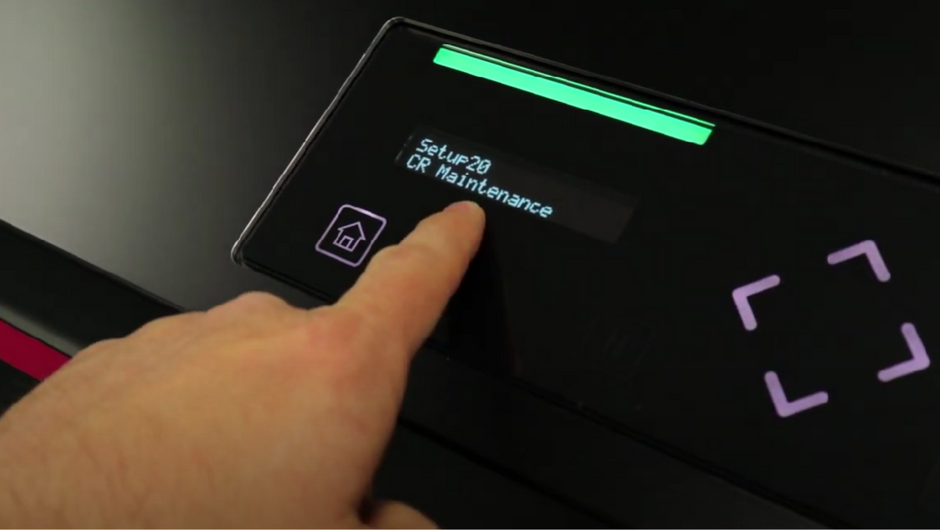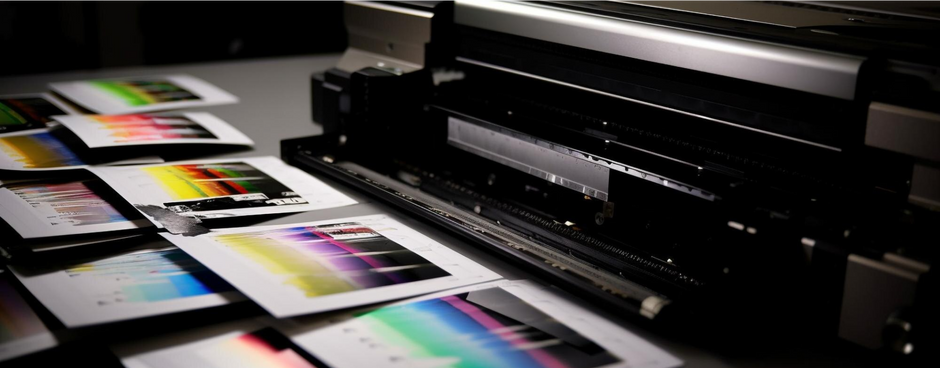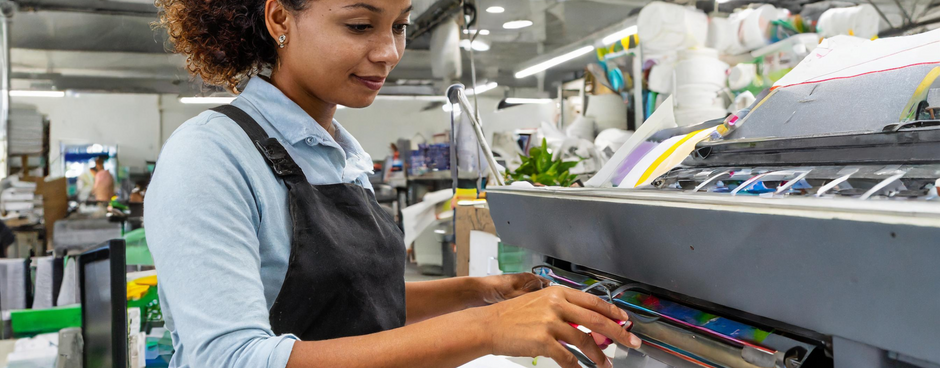If you are in the printing business, then you must be aware that challenges and problems are going to arise. Like everything in life. hether it's issues with print quality, color accuracy, or equipment malfunctions, addressing these challenges promptly and effectively is crucial for maintaining productivity and meeting customer expectations.
But what can we do to solve them? or even better, to prevent some of them? In this article, we cannot give you the solution to every single problem that you may face in your business, but we'll explore some common technical challenges faced in printing and discuss solutions and strategies for resolving them.
- Print Quality Issues:
Print quality is the most crucial part of the printing industry, any deviation from desired standards can result in customer dissatisfaction and loss in business.
Common print quality issues include streaks, banding, uneven color distribution, and pixelation. To address these challenges, it's essential to start by identifying the root cause. This may involve checking print settings, inspecting print heads for clogs or damage, and ensuring the proper alignment of printing components.
It is key to have a regular maintenance and calibration plan for all of our printing equipment, as this is crucial to help prevent print quality issues from occurring. Invest in preventative maintenance, and prepare your team members and operators in these areas to prevent maintenance issues and minimize waste.
- Color Management Challenges:
We talk in another article about how achieving accurate color reproduction is critical for maintaining brand consistency and producing high-quality prints. However, color management challenges, such as color shifts, inaccurate color matching, and inconsistent color output, can occur due to various factors, including differences in color profiles, substrate characteristics, and environmental conditions.
To overcome these challenges, it's essential to implement robust color management practices, including the use of calibrated monitors, standardized color profiles, and color calibration tools. Additionally, conducting regular color tests and adjustments can help ensure color accuracy across different printing devices and substrates.
- Equipment Downtime and Maintenance:
Again we emphasized the importance of regular maintenance to prevent equipment failure. Equipment downtime due to malfunctions or maintenance issues can disrupt production schedules and lead to delays in fulfilling customer orders, which can ultimately result in losing business opportunities.
To minimize downtime and maximize equipment uptime, proactive preventative and regular maintenance is key. This includes conducting regular inspections, cleaning printheads and other critical components, and performing preventive maintenance tasks following manufacturer guidelines.
Another way to minimize downtime is to invest in spare parts and have contingency plans in place for unexpected equipment failures, this will minimize disruptions and ensure continuous production.
- Media Compatibility and Handling:
You must select appropriate media and learn how to handle it properly. This is another key factor for achieving optimal print results. Media compatibility issues, such as substrate warping, ink adhesion problems, and media feed errors, can arise if the chosen media is not suitable for the printing process or if it is mishandled during loading or feeding.
To mitigate media-related challenges that can cost you time and money, thoroughly test media compatibility before printing, ensure proper media handling procedures are followed, and use media-specific print settings and profiles.
- Workflow Inefficiencies:
Having inefficient workflows can lead you to waste time, resources, and opportunities in your business, we don´t want that. Common workflow challenges include bottlenecks, redundant tasks, and inefficient communication processes.
To improve workflows and their efficiency, you must adopt workflow automation tools and software solutions that can help automate repetitive tasks, optimize job scheduling, and facilitate seamless collaboration among team members.
Additionally, if you conduct regular workflow audits and implement process improvements based on feedback and performance metrics, these will help you to identify and address inefficiencies proactively.
There are many things that you can do to improve your printing operations and make your business more efficient and profitable, being prepared to solve quickly these common technical challenges will help you to overcome obstacles faster, enhance print quality, and improve overall productivity and customer satisfaction. With a focus on continuous improvement and a commitment to excellence, your print business can thrive in the ever-evolving printing world with confidence and success. So don’t hesitate to invest in these areas. If you need professional guidance, you can reach out to us and we will be happy to help you.

